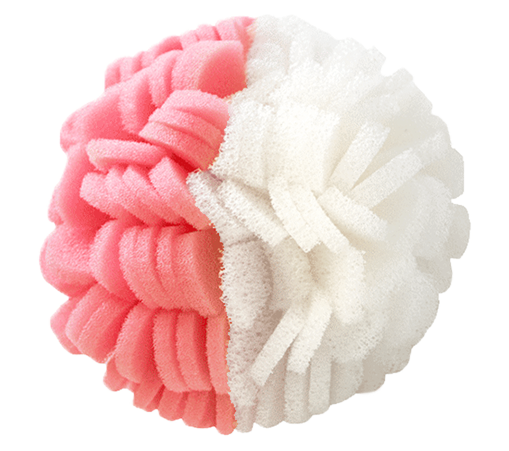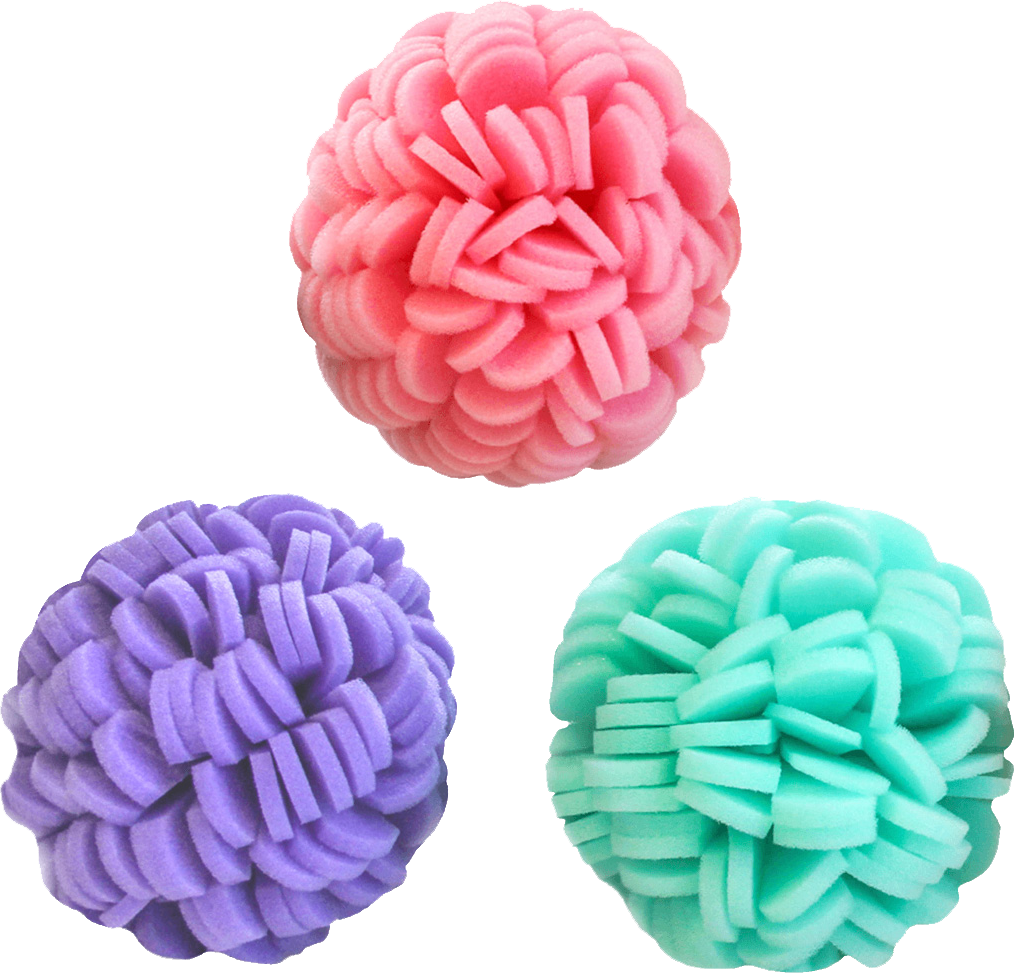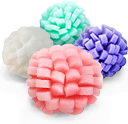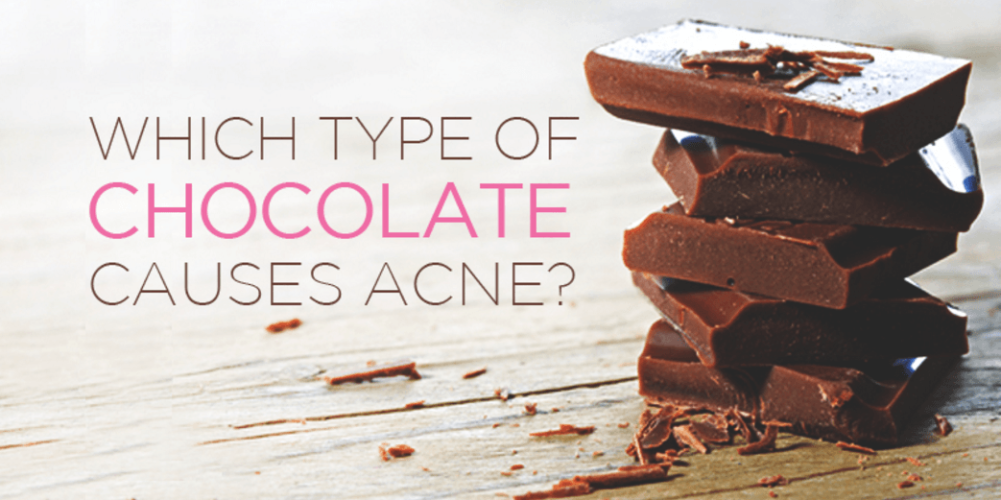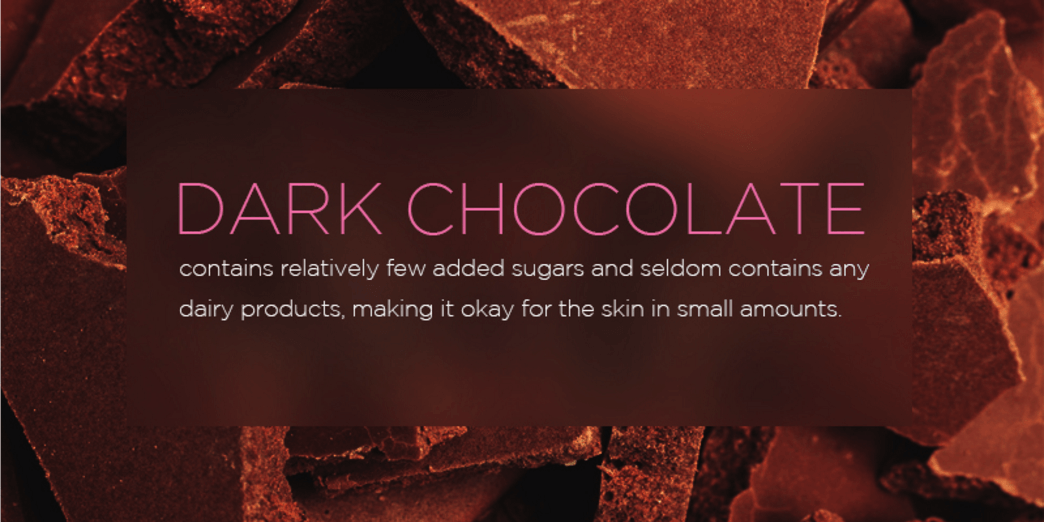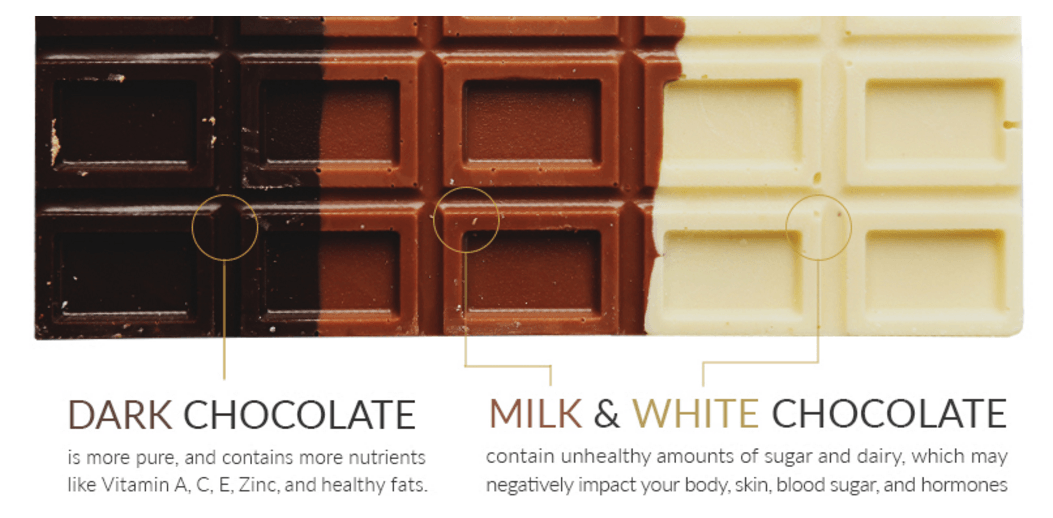Like most people on the planet, we tend to have a love-hate relationship with chocolate treats – we love their rich cocoa flavor, but hate how it impacts our waistline and skin. We’ve covered the tenuous relationship between chocolate and acne outbreaks on our blog before (you can read our articles here and here), but a ViaBuff reader recently brought up a great question that we want to cover: even though there is no confirmed relationship between eating chocolate and developing acne, are certain types of chocolate more strongly associated with breakouts? ViaBuff investigates!
Dark Chocolate: Rich, Luxurious and …. Less Likely to Induce Breakouts?
We in the U.S. tend to favor sweeter chocolate treats, like milk chocolate and white chocolate, although our love for these sweeter items may be aggravating acne outbreaks. Dark chocolate, on the other hand, contains relatively few added sugars and seldom contains any dairy products, making it a theoretically better option for those who are looking to minimize the risk of breakouts while still enjoying chocolate. For example, a 2014 study from the Asian Journal of Clinical Nutrition found that experimental participants who ingested 100 grams of 100% dark chocolate daily for 30 days saw no significant increase or changes in terms of inflamed, non-inflamed, and total facial acne lesions. Those who daily ingested 100 grams of white chocolate experienced significant increases in inflamed, non-inflamed, and total acne lesions.
However, research has suggested that dark chocolate may not always be a viable option for those looking to minimize the risk of breakouts. A 2014 study from the Journal of Clinical and Aesthetic Dermatology examined the effects of consuming capsules containing 100% cocoa, or 100% hydrolyzed gelatin powder, or cocoa diluted with gelatin powder. Subjects consumed a single 6 ounce dose. The study participants were 13 males aged 18-35 who had mild acne. On both the fourth and seventh day following ingestion, the researchers noted a statistically-significant increase in total acneiform lesions, including comedones, nodules, papules, and pustules over baseline values. While this study suggests that there may be a correlation between ingesting chocolate products and developing acne, keep in mind that it has several limitations. For one, it has a small and fairly homogeneous sample size (13 males aged 18-35). In addition, the study participants ate cocoa powder in capsules instead of actual chocolate bars/candies, and in a range of concentrations up to 100%. In real life, very few of us actually ingest cocoa capsules instead of chocolate bars, and very few of us would eat a bar of 100% cocoa. Similarly, a 2016 study from the International Journal of Dermatology suggested that males who ingested slightly less than one ounce (25 grams) of 99% dark chocolate per day for four weeks also saw statistically-significant changes in acne scores and the number of comedones and inflammatory pustules. However, this research suffered from similar limitations: a fairly small and heterogeneous participant pool (25 acne-prone males), use of a very high concentration cocoa bar (99%) and a relatively short duration (four weeks). For more representative results, participants of both genders should have been studied for a longer time period, in addition to examining the effects of dark chocolate bars in varying concentrations. So while the research from the Journal of Clinical and Aesthetic Dermatology and International Journal of Dermatology are of interest, don’t ditch your secret stash of dark chocolate just yet.
White Chocolate and Milk Chocolate are Delicious, But Aren’t Always Kind to the Skin
One of the reasons white and milk chocolates are so delicious is that they are loaded with sugar, milk, and other sweetening agents. In fact, white chocolate isn’t technically chocolate, as it doesn’t contain any cocoa solids. Rather, white chocolate is made with cocoa butter (a vegetable fat) and often combined with milk, sugar, and vanilla to make it extra smooth and creamy (Belgian Smaak). In fact, white chocolate’s heavy use of dairy products and sugar may be one of the reasons it has been linked to increased acne lesions. For example, research from the Asian Journal of Clinical Nutrition found that experimental participants who ingested 100 grams of white chocolate saw significant increases in inflamed, non-inflamed, and total acne lesions, whereas those who ingested dark chocolate had no significant changes in terms of acne lesions.
Although we were unable to find reliable studies investigating the effects of milk chocolate on acne, it would not be unreasonable to believe the dairy products’ potentially acne-inducing effects may be at play when you are enjoying a nice piece of milk chocolate. Several studies have suggested that intake of dairy products can lead to an increase in breakouts, although this relationship is still hotly debated among scientists. Each study was impacted by significant flaws in experimental design and experimental subjects (i.e. differing dairy products) (DermatoEndrocrinology, American Academy of Dermatology).
Whether you are ingesting white chocolate or milk chocolate, keep in mind that many chocolates are considered high glycemic index foods that can raise your blood sugar and lead to breakouts. Scientists are still figuring out the exact relationship, but it is believed that high-glycemic-load diets can trigger high insulin demand, affect insulin sensitivity, and then influence the pathogenesis of acne. Keep in mind that foods high in sugars and saturated fats may also thicken the sebum in your pores and lead to pimples (Prevention, The American Journal of Clinical Nutrition).
Bottom Line
Unfortunately, it would appear that the jury is still out when it comes to determining whether or not chocolate will significantly impact your breakouts. Dark chocolate contains few added sugars and seldom any dairy products, theoretically making it a better choice for those looking to avoid acne lesions. While studies have suggested that ingesting 99%-100% dark chocolate bars may lead to breakouts, it is unclear if these results would be applicable for those eating lower-concentration dark chocolate bars. In addition, the added sugars and dairy products in white and milk chocolates may stimulate breakouts and other health complications, though the mechanism of impact on the skin is still under review. Ultimately, if you’re going to eat chocolate, do so in moderation, and check in with your dermatologist if you notice any abrupt or severe breakouts. And one more thing – don’t forget to use the ViaBuff Level 1 Exfoliating Buffs, which were designed specifically for acne-prone skin!

